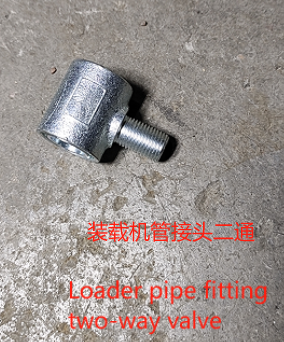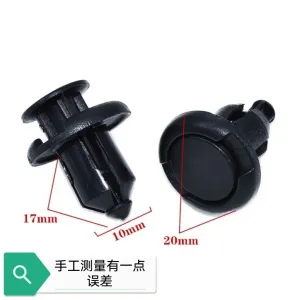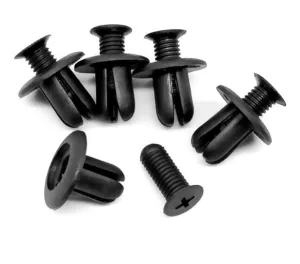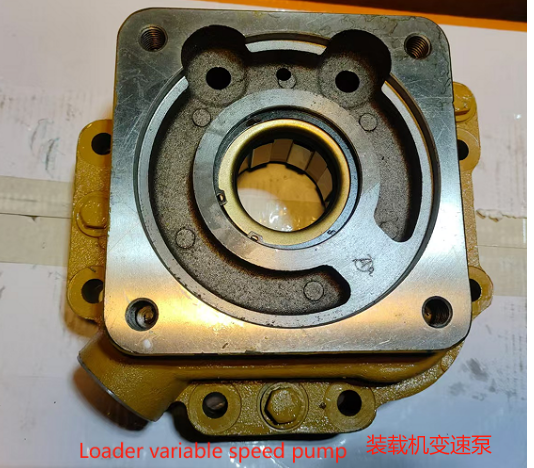1,146
September 3, 2024, 2:58 PM
1: Rubber opening has insufficient upward power and increased upward resistance
 Recently, the main rubber contract has shown a significant correction trend. Judging from the current supply and demand situation, the weather in Yunnan's production areas has improved. So far, only rainfall has occurred in some areas, and the output of raw materials has improved slightly. Although there is the impact of rainfall in Thailand's production areas, they are currently in the seasonal peak period of natural rubber output, and raw material prices have a narrow weakening trend in the short term. Rubber cost support began to weaken. Although the overall starting status of the downstream has improved, the overall trading in the spot market has improved slightly, but only maintained demand. With the decline in rubber cost, downstream bargain-hunting purchasing sentiment has warmed up. In fact, support for the "Gold September and Silver Ten" peak season is slightly weak, which in turn drags rubber prices to show a correction momentum.
Recently, the main rubber contract has shown a significant correction trend. Judging from the current supply and demand situation, the weather in Yunnan's production areas has improved. So far, only rainfall has occurred in some areas, and the output of raw materials has improved slightly. Although there is the impact of rainfall in Thailand's production areas, they are currently in the seasonal peak period of natural rubber output, and raw material prices have a narrow weakening trend in the short term. Rubber cost support began to weaken. Although the overall starting status of the downstream has improved, the overall trading in the spot market has improved slightly, but only maintained demand. With the decline in rubber cost, downstream bargain-hunting purchasing sentiment has warmed up. In fact, support for the "Gold September and Silver Ten" peak season is slightly weak, which in turn drags rubber prices to show a correction momentum.
2: Typhoon weather is close to China's cost end or there may be support
China Weather Network News The Central Meteorological Observatory issued a blue typhoon warning at 10:00 on September 3:
The center of this year's 11th typhoon "Capricorn"(Tropical Storm Class) is located at 8 a.m. today (3rd) at 8 a.m. near the northwest of Luzon Island in the Philippines, at 18.2 degrees north latitude and 119.7 degrees east longitude. The maximum wind force near the center is 9 (23 meters/s), the central minimum pressure is 990 hPa, and the radius of the seventh-level wind circle is 150-250 kilometers. It is expected that "Capricorn" will move west-by-north at a speed of about 10 kilometers per hour, and will soon enter the eastern sea of the South China Sea, and then approach the sea east of Hainan Island. Its intensity will gradually increase. It will land on the eastern coast of Hainan Island during the day on the 6th. It is expected that the maximum wind force near the center will be 14-15 (42-50 meters/s, strong typhoon level). It will later pass through Hainan Island and move into the Beibu Gulf in the early morning of the 7th.
Judging from the path of this typhoon, China's Hainan and Yunnan production areas will be affected to some extent, especially in Hainan production areas. Typhoons have increased after rainfall, making rubber tapping operations difficult, raw material output has been blocked, and raw material purchase prices are expected to rise. For Yunnan's producing areas, although the area affected by typhoons is relatively limited, the situation of fallen leaves in Yunnan still exists, and the increase in rainfall will further support higher raw material prices.


3: Weak downstream demand, terminal goods are too late
It is understood thatRecently, maintenance companies have begun to resume work one after another.Most companies saystartedbasicremains stable, current shipmentsThe situation is also flatThe overall inventory of all-steel tires is sufficient. Due to the large number of specifications, the supply of semi-steel tires is tight, and the performance of price policies is basically stable. In terms of the market, the terminal demand for all-steel tires is weak, and the overall shipment of all links is slower than the same period in previous years. The shipment of semi-steel four-season tires is flat. The replenishment of snow tires is in progress. The demand is still good, and social inventories are generally sufficient.
Overall, the rubber market was at a high level in the early stage, and rubber continued to have insufficient momentum to move upwards. However, typhoon weather was approaching, and cost-side support was expected to be stronger. While downstream maintenance factories resumed construction, demand could basically remain stable. In the short term, there was support for rubber, which may ease the rubber correction trend.













